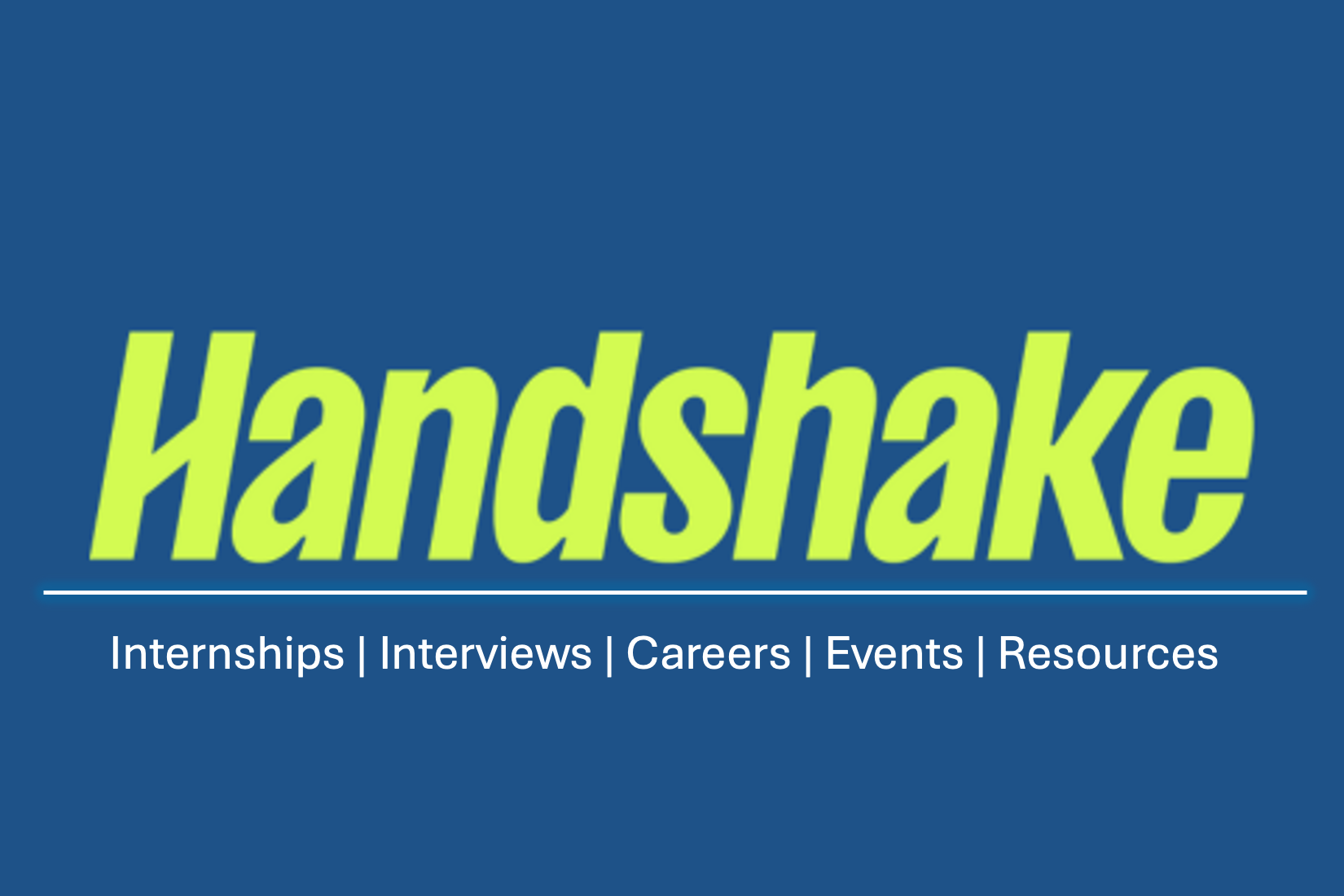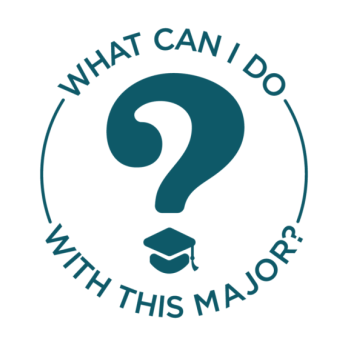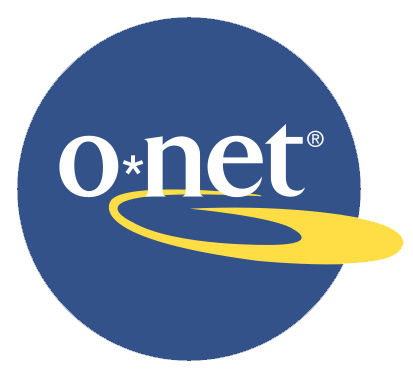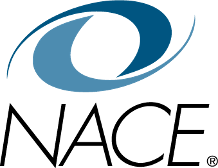Institutional Review Board
- Temp Last Modified: 2025-01-03
About the Institutional Review Board (IRB)
The CT State IRB is charged with the review of all proposed research studies to be performed by CT State administrators, faculty, staff, and students as well as requests from external researchers. All research studies or use of CT State resources must comply with IRB policies and procedures. IRB review will ensure that the rights and welfare of human subjects are protected, risks are minimized, the benefits of the research are identifiable, participation by human subjects is both informed and voluntary, and all research is conducted in a manner that is consistent with established ethical standards.
When is IRB review required? (The keyword is "external")
- If you're an employee or student wishing to administer a survey at CT State for an external purpose (e.g., publication, conference presentation, graduate/doctoral research, etc.), you need IRB review.
- If you're an external organization or researcher wishing to administer a survey at CT State, you need IRB review.
When is IRB review not required?
- If you're an employee administering a survey at CT State as part of your official duties, you do not need IRB review.
- If you're a faculty member administering a survey in your classroom for education or assessment purposes, you do not need IRB review.
Note: Surveys administered at two or more campuses must be approved by the President or their designee. Surveys administered at one campus only must be approved by the Chief Executive Officer (CEO) of that campus.
IRB Members
- Michael Amico, Assistant Professor of Psychology, CT State Housatonic
- Parth Desai, O.T.D., Goodwin University
- Luz Londono Diaz, Ph.D., Associate Professor of Economics, CT State Manchester
- Sohair Omar, Ed.D. Candidate, Campus Director of Institutional Research, CT State Naugatuck Valley (IRB Chair)
- Francine Rosselli-Navarra, Ph.D., Professor of Psychology, CT State Manchester
- Joshua Searcy, Ed.D., Dean for the School of Social & Behavioral Sciences, CT State
- Meredith Yuhas, Ph.D., Director of Mental Health and Wellness, CT State
Due Dates and Meeting Schedule
IRB applications are accepted on a rolling basis.
The CT State IRB meets monthly during the fall and spring semesters. Meeting dates may be adjusted due to holidays.
Forms
Please download and save these forms to your computer first and then type your answers. E-mail the completed forms to CTState-IRB@ct.edu, including the title of your research study in the subject.
CT State IRB Assent Form Template
CT State IRB Data Security Guidelines
Frequently Asked Questions (FAQ)
-
Does my research proposal require IRB approval?
If you wish to conduct research with human subjects at CT State, including students, administrators, faculty, or staff, you must apply for IRB approval before beginning your research. Federal regulations and CT State policies require IRB approval for research with human subjects.
The U.S. Department of Health and Human Services (HHS) Office of Human Research Protections provides guidance to help researchers determine if IRB approval will be required. Their decision charts can be found here.
-
What are CT State's research requirements?
All research conducted at CT State must be carried out under the supervision of a CT State faculty (tenured or tenure track) or staff member and have the approval of the IRB. Researchers from other institutions seeking to conduct research at CT State must collaborate with a CT State sponsor who ensures that the research is conducted in accordance with the approval conditions of the CT State IRB and that all reports are submitted in a timely manner. Please note that CT State does not permit class (instructional) time to be used for research studies and students and employees should not feel compelled to participate in any research studies.
Any individual conducting research at CT State must successfully complete the National Institutes of Health (NIH), Protecting Human Research Participants (PHRP), U.S. Department of Health and Human Services (HHS) Human Research Protection Foundational Training (specifically, Lesson 1), which is free, or other comparable training. Each researcher must provide their training certificate as part of CT State’s IRB Application.
-
What are CT State guidelines for student research courses?
Human Research Protection Training
Every student in a research course must complete the National Institutes of Health (NIH), Protecting Human Research Participants (PHRP), U.S. Department of Health and Human Services (HHS) Human Research Protection Foundational Training (specifically, Lesson 1), which is free, or other comparable training.
Ethical Review of Student Research Proposals
Firstly, student research proposals must:
-
meet the regulatory definition of minimal risk human subject research;
- not have any federal funding sources;
- not involve Food and Drug Administration (FDA) regulated products;
- not require parent permission for children/minors as subjects;
- not target pregnant women; and
- not involve prisoners.
Otherwise, the student needs to apply to the CT State IRB. Also, if the student intends to present or publish their research externally, the student needs to apply to the CT State IRB.
All student research proposals that meet the criteria above must be reviewed based on ethical principles and guidelines for research involving human subjects derived from the Belmont Report. Specifically, three basic principles are particularly relevant to the ethics of research involving human subjects: (i) respect for persons, (ii) beneficence, and (iii) justice. These principles are described in further detail below.
- Respect for Persons. Respect for persons incorporates at least two ethical convictions: first, that individuals should be treated as autonomous agents and, second, that persons with diminished autonomy are entitled to protection. Respect for persons demands that human subjects enter into the research voluntarily and with adequate information via a consent form.
- Beneficence. Persons are treated in an ethical manner not only by respecting their decisions and protecting them from harm, but also by making efforts to secure their well-being. Two general rules of beneficent actions are (i) do not harm and (ii) maximize possible benefits and minimize possible harms.
- Justice. Who ought to receive the benefits of research and bear its burdens? This is a question of justice in the sense of “fairness in distribution” or “what is deserved.” An injustice occurs when some benefit to which a person is entitled is denied without good reason or when some burden is imposed unduly. There are several widely accepted formulations of just ways to distribute burdens and benefits; for example, (i) to each person an equal share, (ii) to each person according to individual need, (iii) to each person according to individual effort, (iv) to each person according to societal contribution, and (v) to each person according to merit.
IT Policies, Data Privacy Guidelines, and Survey Guidelines
The student investigator is responsible for all aspects of the research study including but not limited to the collection, transmission, storage, backup, and security of data. All student investigators must adhere to the Connecticut State Colleges & Universities (CSCU) IT policies and CSCU data privacy guidelines.
Also, please note that survey administration at CT State, if applicable, is subject to the approval of the CT State President or their designee for two or more campuses or the Campus Chief Executive Officer (CEO) for one campus. Also, student investigators must use CSCU approved and licensed applications to conduct surveys at CT State.
Oversight and Monitoring
The faculty member teaching the student research course is responsible for overseeing and monitoring student research studies involving human subjects. If any problems with human subjects or unexpected adverse events, including but not limited to a breach in data security, occur as a result of a student research study, you must immediately notify the CT State IRB at ctstate-irb@ct.edu and the CSCU Information Security Program Office (ISPO) at security@ct.edu.
Record-Keeping
Records must be retained for at least three years after completion of the research (See 45 CFR 46.115(b)) in accordance with the Family Educational Rights and Privacy Act (FERPA) and/or the Health Insurance Portability and Accountability Act (HIPPA), as amended. Additionally, records must be accessible for inspection and copying at reasonable times and in a reasonable manner upon request.
-
-
What are CT State's survey guidelines?
Protocols for Conducting Surveys at CT State
The data produced by a survey or any assessment is only useful if the tool is carefully constructed and applied to an appropriate sampling plan. Given these requirements, Institutional Effectiveness & Planning (IE&P) suggests the following guidelines for designing and administering surveys at CT State and reporting survey results:
- IE&P Review: All surveys should be reviewed by IE&P to ensure that the data produced by them is reliable and relevant to the research question posed. IE&P will also ensure that surveyed populations are not subject to survey fatigue produced by too numerous or redundant requests for information and will be able to provide data if it is already available.
- Survey Request: Please send your survey request to IE&P at least one semester in advance of survey administration including but not limited to the following information:
- Survey name/title
- Research objective/purpose (2-3 sentences) (Note: If you’re conducting a survey to comply with the terms and conditions of a grant agreement, kindly attach the grant documents.)
- Sampling plan (target population, sample size, selection method, etc.)
- Frequency of survey (one-time, annual, or every semester)
- Proposed strategies to maximize survey response and completion rates (e.g., monetary or non-monetary incentives, follow-up/reminder e-mail messages, timing of contact, etc.)
- Survey administration start and end dates (Note: Survey administration during mid-term and final exams are strongly discouraged.)
- Contact information of principal investigator
- IRB Review: Research on human subjects must be approved by the CT State Institutional Review Board (IRB). (Note: Research, conducted in established or commonly accepted educational settings, that specifically involves normal educational practices that are not likely to adversely impact students’ opportunity to learn required educational content or the assessment of educators who provide instruction is exempt from IRB review pursuant to 45 Code of Federal Regulations (CFR) 46 (specifically, §46.104 Exempt research).)
- President/CEO Approval: Surveys administered at two or more campuses must be approved by the President or his/her designee. Surveys administered at one campus only must be approved by the CEO of that campus. Additionally, the collection and use of institutional data for any external purpose (e.g., publication, conference presentation, graduate/doctoral research, etc.) must be approved by the President or his/her designee.
- Compliance with CT State IT Policies and Data Privacy Guidelines: The principal investigator is responsible for all aspects of the survey including but not limited to the collection, transmission, storage, backup, and security of data. All investigators must adhere to the Connecticut State Colleges & Universities (CSCU) IT policies and CSCU data privacy guidelines. Specifically, investigators must use CSCU approved and licensed applications to conduct surveys at CT State.
- Inferential Statistics: Survey samples should be demographically representative of the population as a whole unless a particular subset has been targeted. A small, more representative sample is better than a large sample size. Data produced by a targeted survey should be applied only to that specific subset and should never be generalized to the larger population. Modeling, weighting, or other adjustments may be necessary to project the results from a sample to the larger population. IE&P will assist with these adjustments. The survey plan should strive for a sample size that allows for results with a 90% or higher level of confidence. This number expresses how certain you are that the sample accurately reflects the attitudes of the total population. Determining the sample size to achieve this level is based on the total population and the margin of error. This percentage tells you how much you can expect your survey results to reflect the views from the overall population. For example, a 60% “yes” response with a margin of error of 5% means that between 55% and 65% of the general population think that the answer is “yes.” The smaller the margin of error, the more confidence you may have in your results. (Note: Please use SurveyMonkey’s sample size and margin of error calculators.)
- Survey Reporting Standards: Please present and share survey results according to the following standards:
- Findings and interpretations should be presented honestly and objectively with full reporting of all relevant findings.
- Individual respondents should never be identified or identifiable in reporting survey findings. All survey results should be presented in completely anonymous summaries, such as statistical tables and charts, and statistical tabulations should be presented by broad enough categories so that individual respondents cannot be singled out.
- Statistical tables should be clearly labeled.
- Charts, graphs, and other visuals should be constructed to avoid misleading representations.
- The survey method should be fully disclosed and reported in sufficient detail to permit replication by another researcher, and all data should be fully documented and made available for independent examination so that consumers of survey results have adequate basis for judging the reliability and validity of the results reported.
- All data collected on the usage or performance of any academic unit must be shared with that unit.
Best Practices for Designing an Effective Survey
Carefully construct questionnaires according to the following best practices from the American Association for Public Opinion Research (AAPOR), Qualtrics, and SurveyMonkey:
- Know what you plan to do with your information once you get it; this will help guide your questions.
- Provide an introduction to your survey to let respondents know who is conducting it and why and how the collected data will be used.
- Do not ask too many questions. Respondents are less likely to complete long surveys.
- Avoid double-barreled questions. Ask one question at a time. For example, ask “Which cereal is your favorite?” instead of “Which cereal do you think is the healthiest and most delicious?”
- Ask direct questions. Use clear, precise, and unambiguous language. For example, ask “How often do you take risks?” instead of “How often are you particularly averse to risky situations?”
- Do not use absolute words like “every,” “always,” and “all.” Allow for more nuanced opinions.
- Avoid leading and biased questions. Specifically, do not embed your own opinion into questions. Also, some descriptive words and phrases may interject bias into your questions or point the respondent in the direction of a particular answer. Scrutinize adjectives and adverbs in your questions. If they’re not needed, take them out. For example, ask “How often do you feel Channel 6 News’ weather forecasting is accurate?” instead of “Channel 6 News' weather forecasting is heralded by many as being the most accurate forecasting in this area. In your opinion, how often do you feel Channel 6's weather forecasting is accurate?”
- Use close-ended questions (multiple choice, checkboxes, etc.) for data validation. Also, make certain questions mandatory so that you don't get a lot of null values (blanks). Use only 1-2 open-ended questions. Otherwise, you'll get a wide variety of responses, which will be arduous to categorize/code.
- Avoid binary responses such as true/false and yes/no. They produce less informative data compared to response scales which cover the whole range of possible reactions to a question. Commonly used likert scales include but are not limited to: (Note: Consider omitting the neutral response option because it provides an easy out for respondents who are less inclined to express their opinion.)
- Frequency
- Always
- Often
- Sometimes
- Rarely
- Never
- Level of Agreement
- Strongly Agree
- Agree
- Undecided
- Disagree
- Strongly Disagree
- Level of Difficulty
- Very Easy
- Easy
- Neutral
- Difficult
- Very Difficult
- Level of Quality
- Very Good
- Good
- Fair
- Poor
- Very Poor
- Level of Satisfaction
- Very satisfied
- Satisfied
- Neither
- Dissatisfied
- Very Dissatisfied
- Likelihood
- Extremely Likely
- Likely
- Neutral
- Unlikely
- Extremely unlikely
- Frequency
- Use an easy-to-follow question order and format (e.g., the layout of a mail survey or a web survey on a mobile device). Some visually presented self-administered questionnaires require the respondent to make navigational decisions that can affect the flow of questions.
- Collect 8-digit Banner ID (including leading zeros, e.g., 01234567) if you’d like to join socio-demographic, academic, financial, and/or other variables from Banner to your survey data. If it’s an anonymous survey, collect demographic information to determine whether or not the data may be generalized to the identified population. Below are federal racial/ethnic categories and commonly used age groups: (Note: Researchers may use more detailed categories that reflect the demographics of their target population.)
- Ethnicity:
- Hispanic or Latine
- Not Hispanic or Latine
- I prefer not to respond.
- Race:
- American Indian or Alaska Native
- Asian
- Black or African American
- Multiple Races
- Native Hawaiian or Other Pacific Islander
- White
- Other (please specify)
- I prefer not to respond.
- Gender:
- Female
- Male
- Non-Binary
- I prefer not to respond.
- Age Group:
- Under 18 years old
- 18-24
- 25-34
- 35-44
- 45-54
- 55-64
- 65 or over
- I prefer not to respond.
- Ethnicity:
- Clearly state pledges of confidentiality, which is not the same as anonymity. Confidentiality means that respondents can be identified but their identities are not revealed to anyone outside of the study. Anonymity means that there is no way (including Internet Protocol (IP) address) for anyone, including the researcher, to personally identify respondents.
- Preview your survey and ask someone to test it.
Contact Information
If you are an external researcher or a CT State student or employee who wishes to conduct a survey at CT State for external purposes, please submit a CT State IRB application at CTState-IRB@ct.edu. For all other questions regarding survey administration at CT State, please contact JD Mathewson, Ph.D., Associate Vice President of Institutional Effectiveness and Planning, at jd.mathewson@ctstate.edu.
Contact Information
Should you have any questions regarding conducting research on human subjects at CT State, contact the CT State IRB at CTState-IRB@ct.edu.
- Hits: 18256




